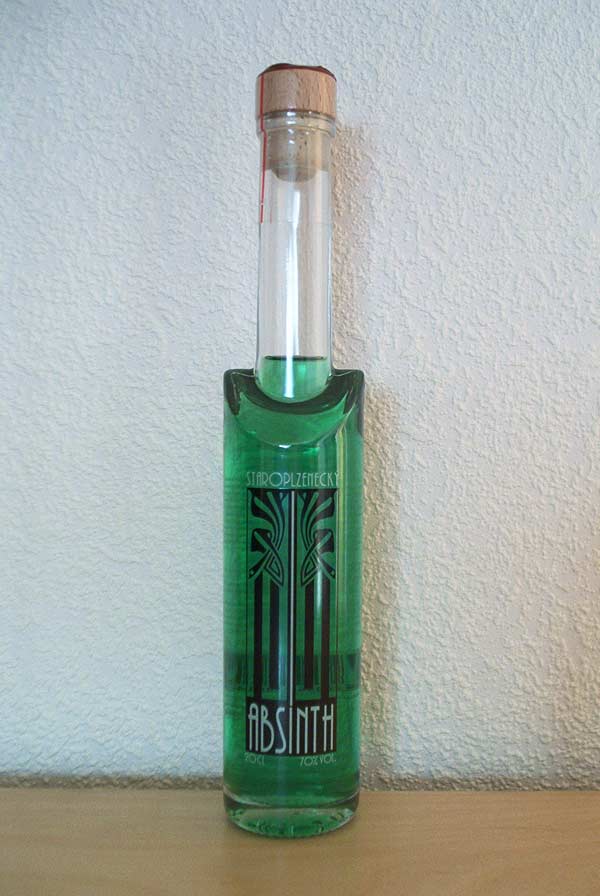

A small amount of sugar will offset this, and you won’t be disappointed.įirst opening their doors in 1859, the Paul Devoille distillery is one of the oldest distilleries on this list. Silky in texture, though not overly complicated it has a durable, bitter finish which underpins the initial sweetness but can overwhelming. Slightly heavy on the palette, this opaque absinthe is at its best when mixed with water at 68% ABV the dilution is necessary for most people. This traditional absinthe is distilled from a wine alcohol base and has a natural green colour which is achieved through maceration with nettles. When restrictions on absinthe production were lifted, Absinthe Pernod was relaunched in 2014 in line with the recipe from 1900. Their original recipe absinthe fell out of use between 19. As a household name, Pernod is available across the globe, making it one of the most accessible absinthes on this list. At 68% ABV, this is not the most potent absinthe on the market, but it is a potent drink which is best suited to mixing if you are unused to it.įounded in 1805, Pernod is one of the most well-known absinthe producers in the world. Sharp and complex, it has a bitter undertone that is reminiscent of the spirits medicinal origins. An aromatic, creamy, and stimulating absinthe. This is high praise, of course, but it is accurate. The Terminus Oxygenee blend has been hailed as the “most powerful expression of the spirit in the Jade portfolio”. Today Combier & Jade own 2 fields of wormwood cultivars and continues to make absinthe traditionally by harvesting, drying, and mixing their ingredients by hand. With an alembic still in the back of the shop he made liqueurs to fill his candies and chocolates – they were so popular that he bought more alembics and opened a distillery in 1848. It would be almost 90 years before the regulation of how much thujone is present in absinthe would allow the ban to be finally lifted.Ĭombier & Jade Liqueurs began life as a candy shop in Saumur, it was opened in 1834 by Jean-Baptiste Combier and his brother Claude. Thought to be causing the downfall of society, absinthe was banned from 1912. When introduced to France as an alcoholic drink in the 1840s, it quickly developed a decadent and violent reputation. Thujone is responsible for the hallucinogenic reputation of absinthe and is proved to be toxic in large doses.

Initially, it contained unadulterated wormwood, and as a result, the compound thujone. History Of AbsintheĪlthough dating back to the Egyptian empire where it was used for medicinal purposes (that old excuse!), modern absinthe as we know it was first brewed in Sweden in the 18th century. Traditionally made from anise, fennel, and wormwood, absinthe can range from 55% – 83% ABV, making it one of the most potent alcoholic drinks on the planet. What Is Absinthe?įor those not in the know, absinthe is a highly alcoholic drink derived from botanical sources. Time to dust off these bottles for closer scrutiny. We have delved into the darkest corners of the drinks cabinet to explore the 10 best absinthe brands you should consider.

La Fee Verte (the green fairy) as it is also known, was actually banned for most of the 20th century as some of its slightly questionable ingredients were thought to cause ‘mania’. Absinthe has a somewhat dark reputation due to its long and checkered past.


 0 kommentar(er)
0 kommentar(er)
